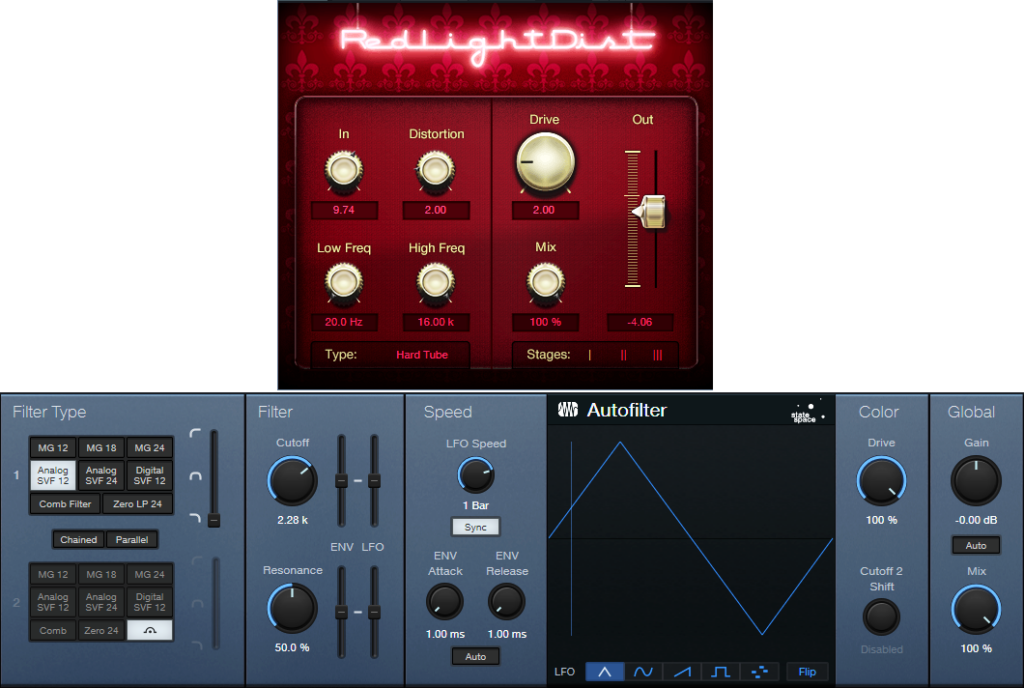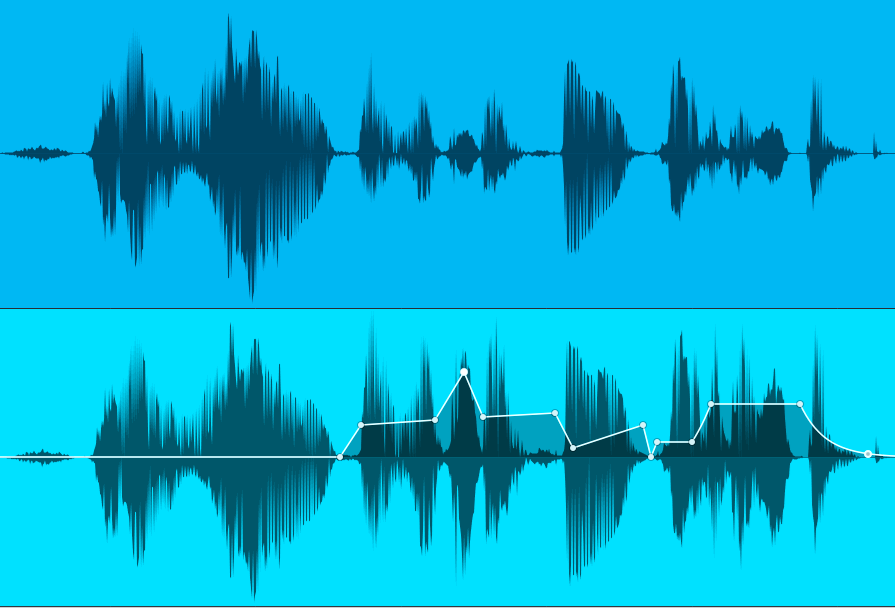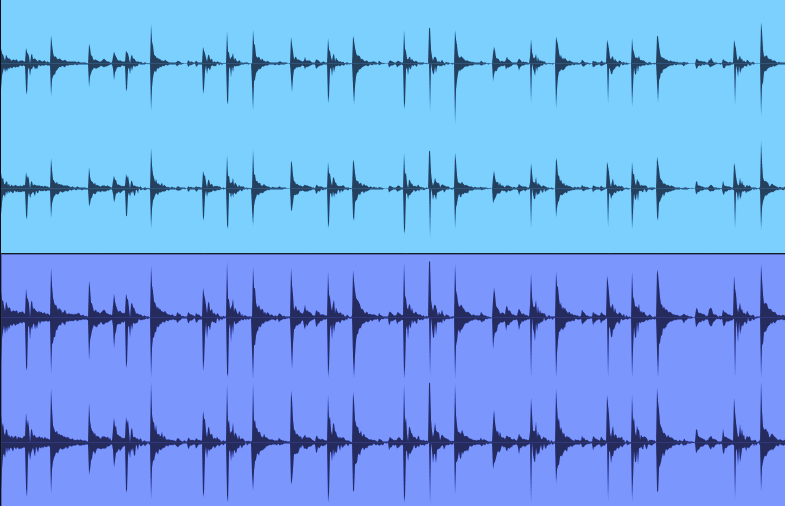Why I Don’t Use Compressors Anymore

This wasn’t a conscious decision, or something I planned. But when I looked through my last few songs while seeking candidates for a book’s screenshots, I was shocked to realize there were almost no channel inserts with compressors. Curious, I went back even further, and found that I’ve been weaning myself off compressors for the past several years without even knowing it. WTF? What happened?
First of All, It’s 2023
Compressors are at their very best when solving problems that no longer exist. I certainly don’t need to control the levels of the PA installations at the 1936 Berlin Olympics (one of the first compressor applications). In the pre-digital era, compression kept peaks from overloading tape, and lifted the quiet sections above the background hiss and hum. But it’s 2023. Compression isn’t needed to cover up for vinyl or tape’s flaws. Besides, we have 24-bit A/D converters and increasingly quiet gear. Today’s technology can accommodate dynamic range.
Even though compression does bring up average levels for more punch and sometimes more excitement, to my ears (flame suit on) the tradeoff is that compression sounds ugly. It has artifacts, and adds an unnatural coloration. Furthermore, the way it reduces dynamic range takes away an emotional element we may have forgotten existed—because it’s been clouded by compression for decades. So, how can we retain the benefits of compression, yet avoid the ugly aspects?
Replacing Bass Compression
In my studio musician days, compressing bass was a given (not compressing bass may even have been against Local 802’s by-laws, haha). But I prefer light saturation. It clips off the peaks, gives more sustain because the average level can be higher, and doesn’t produce a “pop” on note attacks. (Yes, lookahead helps with compression pops, but then this neuters the attack.)
Saturation not only allows a higher average level, but adds harmonics that help bass stand out in a track. And bass needs all the help it can get, because low frequencies push speakers and playback systems to the limit. It’s amazing how much saturation you can put on bass, yet when part of a mix, the bass sounds completely clean—and you can hear all the notes distinctly.
Fig. 1 shows settings I’ve used in recent projects. RedLightDist sounds wonderful, while Autofilter (used solely for its State Space saturation) has the advantage of including a lowpass filter. So, you can trim the harmonics’ higher frequencies if needed.
Figure 1: (top) RedLightDist settings for saturation. (bottom) Autofilter taking advantage of State Space distortion.
Replacing Vocal Compression
Compression keeps vocals front and center by restricting dynamics, so the soft parts don’t get lost. But there’s a better option. Gain Envelopes and normalization allow tailoring vocal dynamics any way you want—without attack or release times, pumping, breathing, overshoot, or other artifacts. The sound is just as present and capable of being upfront in a mix as if it’s compressed. However, the vocal retains clarity and a natural vibe, because gain envelopes and normalization have no more effect on the sound than changing a channel fader’s level (fig. 2).
Figure 2: A typical vocal, before and after using a Gain Envelope to edit the level for more consistency.
Even better, while you’re editing you can also tweak mouth clicks, pops, and breaths in a way that compressors cannot. I’ve covered using Gain and Event Envelopes before, so for more info, check out the video Get Better Vocals with Gain Envelopes. Also, see the blog post Better Vocals with Phrase-by-Phrase Normalization.
I’m not the world’s greatest vocalist by any means, yet people invariably comment on how much they like my vocals. Perhaps much of that is due to not using compression, so my voice sounds natural and connects more directly with listeners.
Replacing Drum Compression
Adding compression on drums for more “punch,” as well as to bring up room ambience, is common. However, drums were the first instrument where I ditched compression in favor of limiting. Limiting keeps the peaks under control, but doesn’t change their shape and also allows for a higher average level. This brings up the body and room sound. (Note: Limiter2 is particularly good for this application. You may not have equally good results with other limiters.)
Look at the drum waveforms in fig. 3. Both have been normalized to the same peak levels, but the lower one had 5 dB of limiting. The peaks are still strong, and the average level is higher. Fortunately, this amount of limiting isn’t enough to reduce the drum’s punch. In fact, the punch and power is stronger than what I’ve been able to obtain with compression.
Figure 3: The top drum waveform is prior to limiting. The bottom one has had 5 dB of limiting. Both are normalized to the same peak value.
Final Comments
Although I don’t use compression much anymore for audio, I do use it as a tool. Gobs of compression can increase guitar sustain. Inserting a compressor prior to an envelope filter can restrict the dynamic range for more predictable triggering. Using two compressors in series, set to very low ratios and high thresholds, “glues” tracks and buses together well. Then again, that’s because the effect is so subtle the result doesn’t sound compressed.
But let’s get one thing straight: I certainly don’t mean this as a diss to those who like the sound of compression. It has its own sound, and it’s become a fixture in pop and rock music for a reason. Top engineers who line their walls with gold records have gotten a lot of mileage out of compression. I would never recommend that people not use compression. What I do recommend is trying other options. To hear what these techniques sound like, check out any recent music on my YouTube channel.
I’m sure my avoidance of compression is a personal bias. I’ve worked on many classical music sessions, and my gold standard for sound is live acoustic music. Neither one has anything to do with compression. So, it’s probably not surprising that even in rock and EDM productions, I strive for clarity and a natural, lifelike sound. Compression just doesn’t do that for me. But hey, it’s 2023! Now we have tools that can give us the goodness of compression, without the drawbacks.


